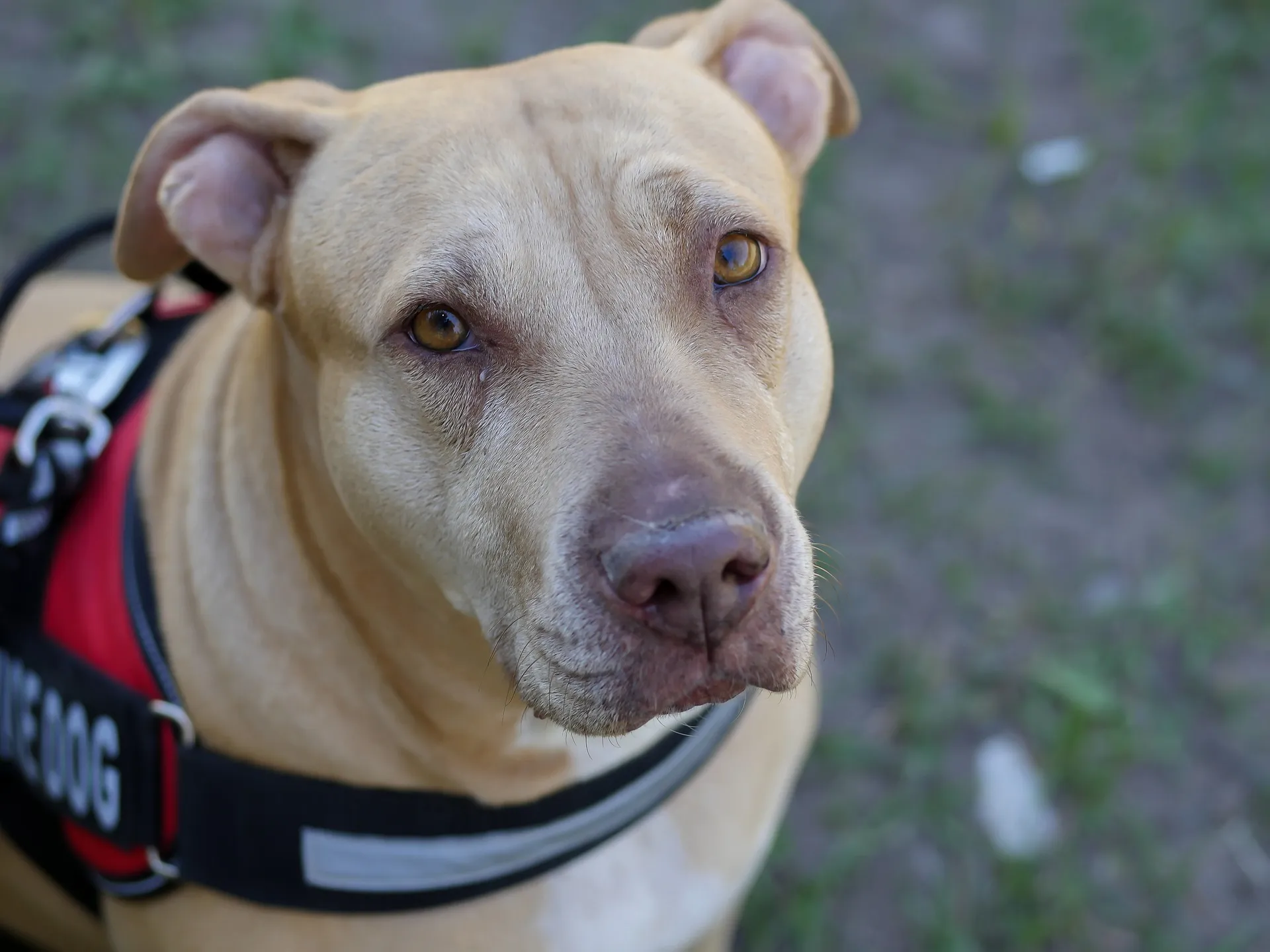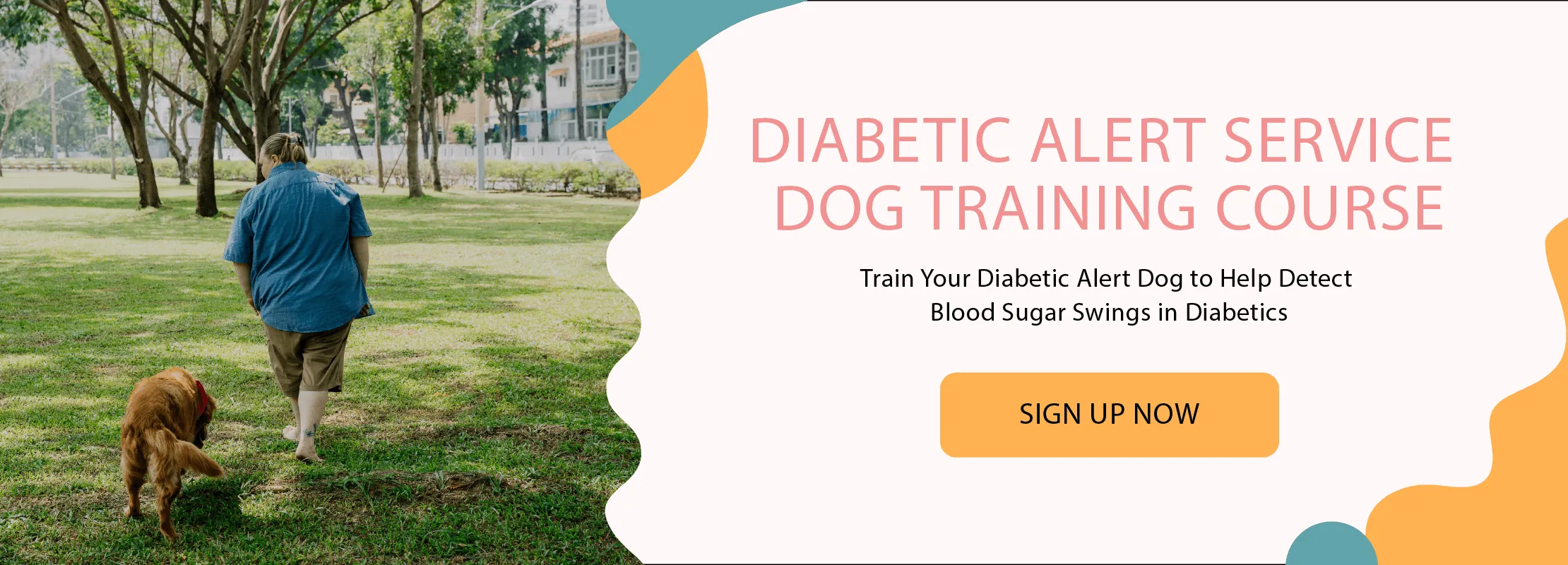Millions worldwide live with diabetes, a condition requiring constant vigilance. For those experiencing hypoglycemia unawareness, the inability to detect dangerous drops in blood sugar, a diabetic alert dog (DAD) can be a literal lifesaver. These highly trained canine companions offer an invaluable layer of safety and independence. This guide explores the role of DADs and answers the crucial question: Can I Train My Own Diabetic Alert Dog?
A diabetic alert dog is more than just a pet; it’s a dedicated partner trained to recognize and alert you to critical changes in your blood glucose levels. While not a replacement for regular blood sugar monitoring, a DAD provides an early warning system, prompting you to take necessary action before your levels become critically high or low. This early detection is particularly vital for individuals with hypoglycemia unawareness, a condition where the body no longer signals the tell-tale symptoms of dropping sugar, which can otherwise lead to severe complications like seizures or coma.
 A close-up of a golden retriever wearing a service dog vest, sitting attentively.
A close-up of a golden retriever wearing a service dog vest, sitting attentively.
The extraordinary sense of smell in dogs is the foundation of their ability to act as diabetic alert dogs. Dogs can be trained to detect the unique scent molecules that our bodies release when blood sugar levels deviate from the normal range. When your dog detects these specific odors, it signals an alert. The methods of alerting can vary, and can be customized based on the individual and the dog’s capabilities. Common alerts include:
- Nudging you with their nose.
- Presenting a specific toy or object.
- Jumping gently.
- Seeking assistance from another family member.
- Retrieving a phone.
- Bringing essential items like medication.
- In advanced training, some dogs can even activate a device to call for emergency services.
The process of training a diabetic alert dog often begins with exposing the dog to the scent of the owner’s saliva during critical blood sugar events. Specific odors are present in saliva when blood sugar is too high or too low, and dogs are trained to identify these distinct scents. This scent recognition is a foundational skill that is honed over time.
It’s important to understand that becoming a fully functional diabetic alert dog is a significant commitment, often taking around two years of dedicated training. While puppies can begin scent detection training early on, the more complex and critical task of learning to alert their owner or retrieve specific medications typically commences when the dog is between one and three years old. This advanced stage of training ensures the dog is reliable and responsive in critical situations.
 A black Labrador retriever wearing a service dog vest, looking directly at the camera.
A black Labrador retriever wearing a service dog vest, looking directly at the camera.
Training Your Own Diabetic Alert Dog
The question of “can I train my own diabetic alert dog?” has a complex answer. While it is possible to train your own diabetic alert dog, it is highly recommended to seek professional training. The stakes involved with diabetes management are incredibly high, and any risk of error can have life-threatening consequences. A certified diabetic alert dog ensures both the owner and the dog are working effectively and reliably as a team. Recertification is usually an annual requirement, so understanding local certification standards is crucial.
For those considering DIY training, the initial steps involve collecting saliva samples from the diabetic individual during periods of high or low blood sugar. These samples can be frozen for later use. To introduce the scent, place a sample in a porous container and allow the dog to sniff it. Positive reinforcement, such as rewarding with a treat, is key to this stage.
Training your dog to respond to fluctuations in blood sugar is a much more involved and time-consuming process. This can be approached by rewarding your dog for bringing you medication upon a specific command, or training them to alert a family member if you fall. The variety of ways a DAD can assist means there are numerous specific commands and actions you can train your dog to perform.
While professional training offers a higher degree of assurance and expertise, it also comes with a significant cost. Some individuals may prefer the personal connection and control that comes with training their own dog. If you choose this path, prioritizing certification is paramount to ensure your dog is adequately trained and recognized as a service animal.
The cost associated with obtaining a trained diabetic alert dog can range from approximately €6,500 to €16,000 (or $8,000 to $20,000 USD). It’s important to note that medical insurance typically does not cover the cost of service dogs. Beyond the initial acquisition, DADs require the same ongoing care as any other dog, including food, grooming, veterinary attention, and licensing.
Certain breeds are often favored for their intelligence, trainability, and temperament as service dogs. These commonly include:
- Golden Retrievers
- Mixed sporting dog breeds
- Labrador Retrievers
- Poodles
The commitment to a diabetic alert dog extends beyond training. These dogs require constant companionship to be effective. They need to be by your side, ready to assist at any moment. Like all dogs, they require affection, regular exercise, and proper nutrition. Crucially, they need to adapt to your specific diabetes management routine. While the training is intensive and time-consuming, the reward of enhanced safety and independence makes the effort profoundly worthwhile.
 A woman with her diabetic alert dog, a golden retriever, sitting on a park bench.
A woman with her diabetic alert dog, a golden retriever, sitting on a park bench.
Resources for Diabetic Alert Dog Training
For those seeking professional guidance, a wealth of resources is available. Online courses and training programs can provide structured curricula and expert advice. Investigating reputable organizations and experienced trainers is essential when considering professional assistance for your diabetic alert dog training journey.
Conclusion
While the question of “can I train my own diabetic alert dog?” is met with a qualified “yes,” the complexity and critical nature of the task strongly advocate for professional guidance. The dedication, time, and expertise required to ensure a dog is a reliable diabetic alert partner are substantial. For individuals managing diabetes, particularly those with hypoglycemia unawareness, a well-trained diabetic alert dog offers an invaluable layer of security and independence, empowering them to live fuller lives.
If you are considering a diabetic alert dog, explore professional training programs and consult with experts in the field to ensure the best possible outcome for you and your future canine partner.
